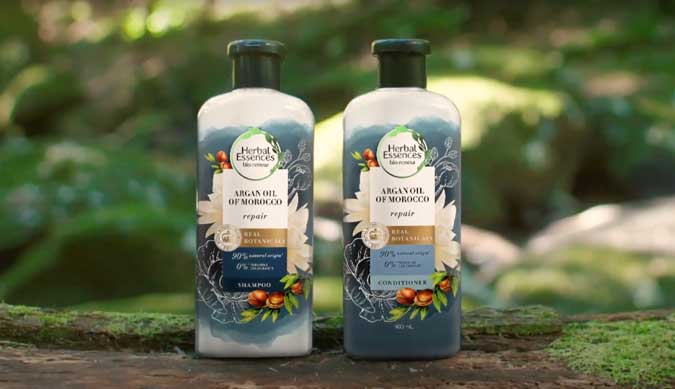IT’S a sobering thought that after our bones have been ground to dust, there’s going to be a piece of immortal plastic to replace one of us, remaining on earth until who-knows-when. To tackle this issue of the virtual immortality of plastic, Procter & Gamble (P&G) Philippines announced at a sustainability summit on May 6 the various steps it has been taking to reduce its own plastic use, as well as its ambitions for plastics in the future.
Anna Legarda, Commuinications Director of P&G Philippines, unveiled the company’s sustainability development goals program called Ambition 2030. “The goal is to be 100% recyclable, reusable, by 2030,” she said.
Why 2030? Ms. Legarda explained that the company — one of the world’s biggest manufacturers (among its many brands are Charmin, Crest, Downy, Febreze, Gillette, Head and Shoulders, Olay, Oral-B, Pampers, Pantene, Tide, Vicks, and Whisper) — is the intricacies of the packaging. “In itself, the packaging of any product, not just sachets, serves different vectors of functionality,” she said. Sachets are a particular concern due to the difficulty in recycling them, and they are frequently visible to the naked eye — and in documentaries as particularly bright colored liter on coastlines.
Ms. Legarda adds, “Plastic in itself as a material isn’t bad — I just want to put that out there.
“It’s when it becomes waste… that’s when it becomes a problem.”
The factors that she cites for some of their practices in packaging include safety, quality, efficacy, scalability, and cost. She gives dishwashing liquid as an example: it’s dressed up in multiple layers of plastic to ensure its safety and efficacy throughout its life cycle. “Products have a certain promise and a claim, and they can deliver these when… they are preserved or well-packaged. If you alter a bit in the packaging, their efficacy and stability… can be compromised,” she said.
There have been some advances already though: for starters, the new bottles of Herbal Essences shampoo are now made with 25% post-consumer resin (recycled plastic). The boxes of Safeguard soap have been stripped of their plastic film overwrap, since they found out those can be substituted with recycled cartons. As well, their Cabuyao, Laguna plant has a goal of having zero manufacturing waste. Ms. Legarda says that the company globally pours about $2.5 billion into research and development — “Twice more than our next competitor. ”
A company release said, “To further offset the unrecoverable emissions, the company is supporting natural climate solutions that help conserve, protect and restore forests with global partners such as Conservation International and its recently launched P&G Forests for Good program. Beyond helping in P&G’s net zero emissions goal, Forests for Good aims to actively protect nature, beginning with 12 pilot programs in 12 months across its Asia Pacific, Middle East, and Africa (AMA) region, by planting trees that help improve local ecosystems. The Philippines is one of the pilot countries supporting this natural climate solution and will help forestation efforts in the Sierra Madre Mountain Range. To establish its P&G Philippines Forest for Good, P&G entrusted each employee with trees, planted on their behalf by farmers in the Sierra Madre mountain range. Employees can name their tree, virtually travel to see it up close, check on it and learn more about it as it grows, and learn more about the farmer who planted it.”
“All of these things, we have to consider, because we’re trying to be accountable for it,” she said. “We’re very, very aware that anything that messes with our consumers will affect the whole brand, the whole company. We’re trying very, very hard to do it.” — J.L. Garcia

